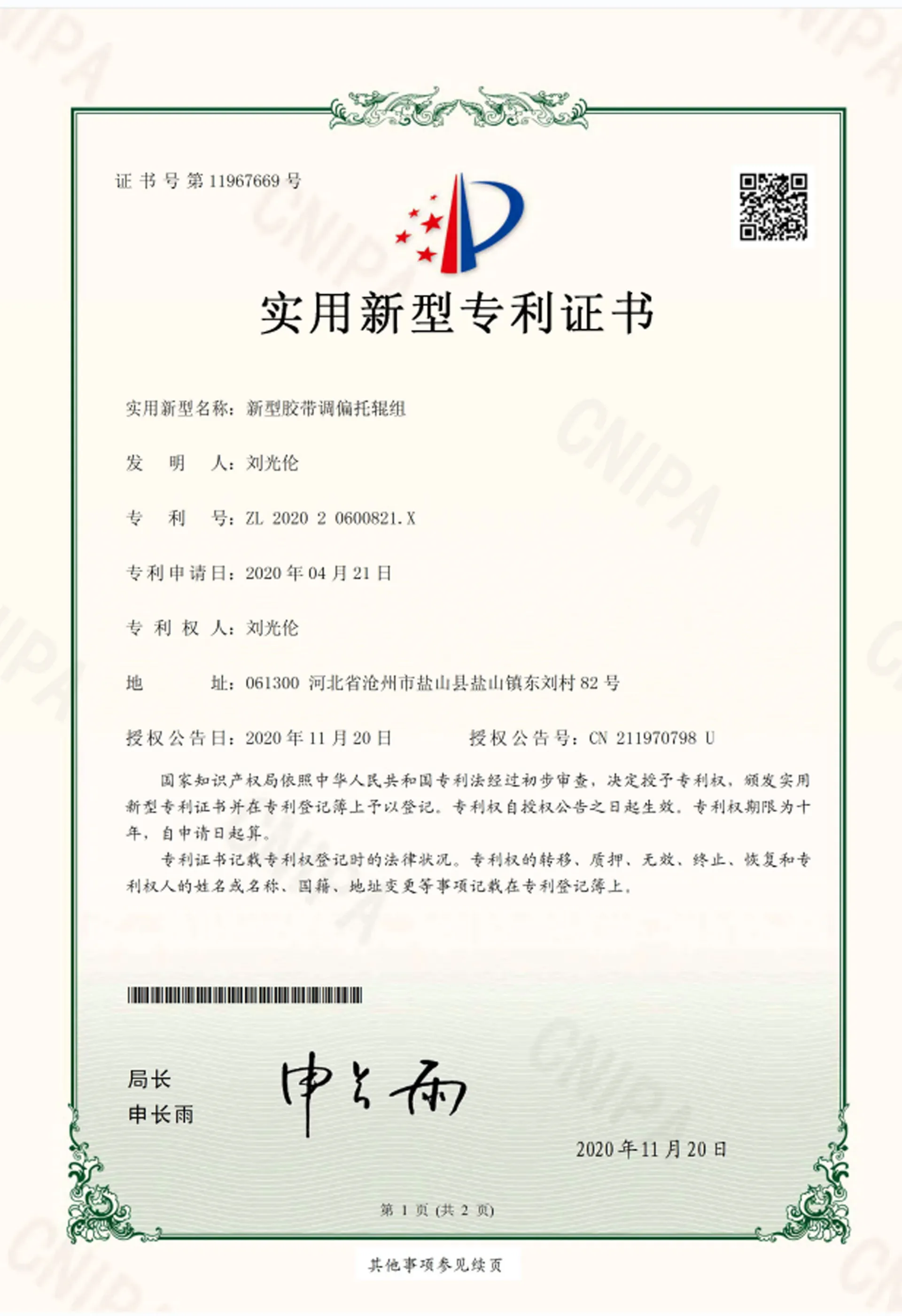 Afrikaans
Afrikaans  Albanian
Albanian  Amharic
Amharic  Arabic
Arabic  Armenian
Armenian  Azerbaijani
Azerbaijani  Basque
Basque  Belarusian
Belarusian  Bengali
Bengali  Bosnian
Bosnian  Bulgarian
Bulgarian  Catalan
Catalan  Cebuano
Cebuano  Corsican
Corsican  Croatian
Croatian  Czech
Czech  Danish
Danish  Dutch
Dutch  English
English  Esperanto
Esperanto  Estonian
Estonian  Finnish
Finnish  French
French  Frisian
Frisian  Galician
Galician  Georgian
Georgian  German
German  Greek
Greek  Gujarati
Gujarati  Haitian Creole
Haitian Creole  hausa
hausa  hawaiian
hawaiian  Hebrew
Hebrew  Hindi
Hindi  Miao
Miao  Hungarian
Hungarian  Icelandic
Icelandic  igbo
igbo  Indonesian
Indonesian  irish
irish  Italian
Italian  Japanese
Japanese  Javanese
Javanese  Kannada
Kannada  kazakh
kazakh  Khmer
Khmer  Rwandese
Rwandese  Korean
Korean  Kurdish
Kurdish  Kyrgyz
Kyrgyz  Lao
Lao  Latin
Latin  Latvian
Latvian  Lithuanian
Lithuanian  Luxembourgish
Luxembourgish  Macedonian
Macedonian  Malgashi
Malgashi  Malay
Malay  Malayalam
Malayalam  Maltese
Maltese  Maori
Maori  Marathi
Marathi  Mongolian
Mongolian  Myanmar
Myanmar  Nepali
Nepali  Norwegian
Norwegian  Norwegian
Norwegian  Occitan
Occitan  Pashto
Pashto  Persian
Persian  Polish
Polish  Portuguese
Portuguese  Punjabi
Punjabi  Romanian
Romanian  Russian
Russian  Samoan
Samoan  Scottish Gaelic
Scottish Gaelic  Serbian
Serbian  Sesotho
Sesotho  Shona
Shona  Sindhi
Sindhi  Sinhala
Sinhala  Slovak
Slovak  Slovenian
Slovenian  Somali
Somali  Spanish
Spanish  Sundanese
Sundanese  Swahili
Swahili  Swedish
Swedish  Tagalog
Tagalog  Tajik
Tajik  Tamil
Tamil  Tatar
Tatar  Telugu
Telugu  Thai
Thai  Turkish
Turkish  Turkmen
Turkmen  Ukrainian
Ukrainian  Urdu
Urdu  Uighur
Uighur  Uzbek
Uzbek  Vietnamese
Vietnamese  Welsh
Welsh  Bantu
Bantu  Yiddish
Yiddish  Yoruba
Yoruba  Zulu
Zulu Components and Structures for Conveyor System Framework Assembly
Understanding Conveyor Frame Parts A Comprehensive Overview
Conveyor systems are integral to many industries, facilitating the efficient movement of materials and products from one point to another. The design and functionality of these systems largely depend on the various components that comprise them. Among these, the conveyor frame is a critical element that supports and houses other parts, ensuring the smooth operation of the conveyor. This article delves into the essential aspects of conveyor frame parts, their types, materials, and functional importance.
The Importance of Conveyor Frame Parts
Conveyor frame parts serve as the backbone of the conveyor system. They provide structural support, alignment, and stability, which are vital for the effective handling of materials. A well-designed frame ensures that the conveyor runs smoothly and minimizes the risk of breakdowns or malfunctions. This reliability translates into increased productivity, as a well-functioning conveyor system maintains the flow of goods without interruptions.
Types of Conveyor Frame Parts
1. Main Frame The main frame is the primary structural component of the conveyor system. It can be made from various materials, including steel, aluminum, or a combination of both. The choice of material often depends on the type of application, load capacity, and environmental conditions. For example, stainless steel frames are preferred in food processing industries due to their corrosion resistance.
2. Support Legs Support legs are essential for providing stability and elevation to the conveyor system. They are typically adjustable, allowing for flexibility in height and ensuring that the conveyor is level on uneven surfaces. Properly designed support legs help distribute the conveyor’s weight evenly, reducing stress on the frame.
3. Crossmembers Crossmembers are horizontal beams connecting the sides of the conveyor frame. They add strength and rigidity to the structure while also aiding in load distribution. Crossmembers can vary in spacing and material, depending on the conveyor’s design and the weight it needs to support.
conveyor frame parts

4. Side Rails Side rails run along the edges of the conveyor, helping to contain the materials being transported. They prevent items from slipping off the sides and ensure safe movement. Depending on the application, side rails can be constructed from solid materials or consist of perforated plates for better airflow in specific industrial processes.
5. Mounting Brackets Mounting brackets are vital for attaching different components, such as motors, pulleys, and other machinery, to the conveyor frame. They must be sturdy enough to support these components while allowing for easy maintenance and adjustments.
6. End Caps End caps are used to close off the ends of the conveyor frame. They not only enhance the overall appearance of the conveyor but also protect the internal components from dust, debris, and other environmental factors.
Material Considerations
When selecting materials for conveyor frame parts, several factors must be considered, including weight, durability, environmental exposure, and cost. Steel is often chosen for its strength and longevity, while aluminum is favored for lightweight applications. In corrosive environments, stainless steel or powder-coated materials may be preferred to enhance resistance and durability.
Conclusion
In summary, conveyor frame parts are essential for the functionality and efficiency of conveyor systems. Understanding the various components, their roles, and the materials used in their construction can help in selecting the right conveyor for specific applications. Proper maintenance and consideration during the design phase can lead to enhanced operational efficiency and reduced downtime, ultimately contributing to increased productivity in any industrial setting. By investing in quality conveyor frame parts, businesses can ensure that their material handling systems perform optimally for years to come.
-
Revolutionizing Conveyor Reliability with Advanced Rubber Lagging PulleysNewsJul.22,2025
-
Powering Precision and Durability with Expert Manufacturers of Conveyor ComponentsNewsJul.22,2025
-
Optimizing Conveyor Systems with Advanced Conveyor AccessoriesNewsJul.22,2025
-
Maximize Conveyor Efficiency with Quality Conveyor Idler PulleysNewsJul.22,2025
-
Future-Proof Your Conveyor System with High-Performance Polyurethane RollerNewsJul.22,2025
-
Driving Efficiency Forward with Quality Idlers and RollersNewsJul.22,2025





























